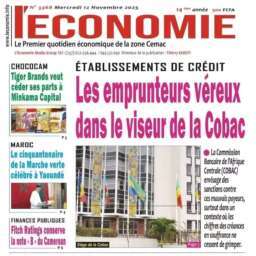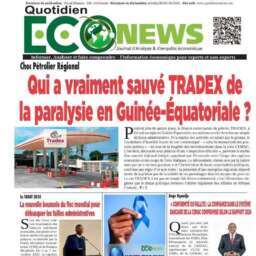(Business in Cameroon) – Cameroon’s public debt portfolio faces significant exposure to foreign exchange fluctuations, with 68.5% of the country’s debt denominated in foreign currencies, according to data from the Autonomous Sinking Fund (CAA), the nation’s public debt manager.
Of this foreign currency-denominated debt, the CAA states that 40% has “effective exposure to exchange rate fluctuations,” noting that 28.5% of the debt is denominated in euros, which maintain a fixed parity with the CFA franc.
However, a closer examination reveals that the proportion of the portfolio indirectly exposed to currency swings is considerably higher than the 40% indicated by the public debt manager. This is particularly evident when considering the volatility between the U.S. dollar, the global reserve currency, and the euro, to which the CFA franc is pegged at a fixed rate.
For instance, Richard Evina Obam, then Director General of the CAA, disclosed in a late 2022 interview with state-owned newspaper Cameroon Tribune that the euro had depreciated by 19% against the dollar between September 2021 and September 2022. According to Obam, this depreciation directly led to a surge in Cameroon’s public debt stock during that period.
“Due to this depreciation, the stock of external public debt recorded an increase of 245 billion CFA francs month-on-month, 480 billion CFA francs quarter-on-quarter, and 573 billion CFA francs year-on-year,” Obam revealed. Based on these figures, the fluctuation in the euro-dollar exchange rate, favoring the U.S. currency, resulted in an average monthly increase of 47.7 billion CFA francs in Cameroon’s public debt stock between September 2021 and September 2022.
The depreciation of the euro against the dollar directly impacts the CFA franc due to economic and monetary cooperation agreements. These agreements link countries within the franc zone to France, a eurozone member, with the CFA franc maintaining a fixed parity to the euro.
BRM

































